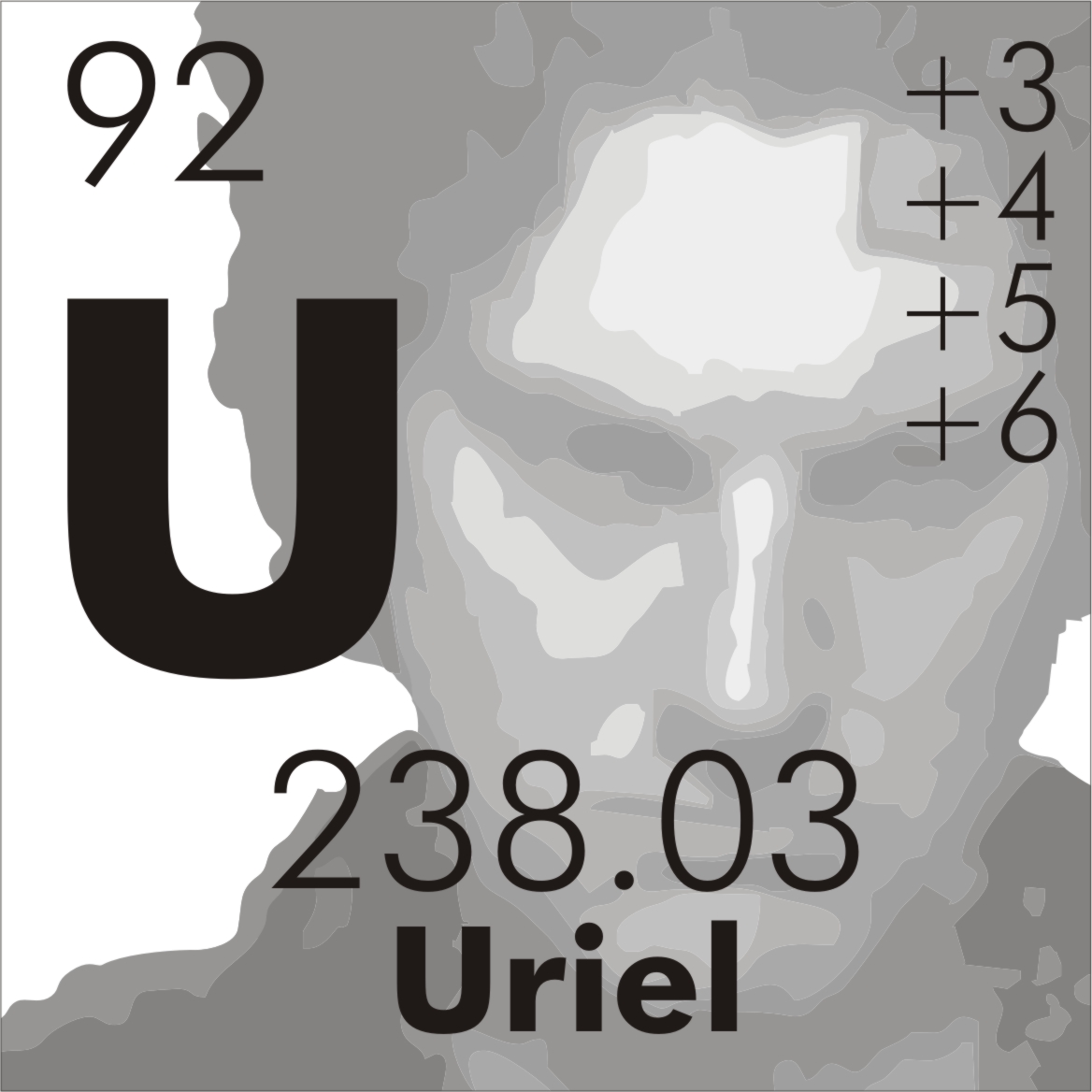- cross-posted to:
- [email protected]
- cross-posted to:
- [email protected]
cross-posted from: https://mander.xyz/post/32743891
Moon Dust
Moon dust being heavily toxic for human inhalation is a plot point in Portal 2.

Voyager adding a cake picture next to your name for this comment is pretty great. Also, happy lemmyversary
Oh very nice! Thank you!
which is a thing millions of other people have probably gone their whole lives never knowing.
I don’t know about millions, but at least a few thousand have never had reason to consider the moon being an allergen to them. Fuckin weirdos. Bet money next month you’ll see labeling on food saying “Moon-free!” or “This item contains no more than 0.1% moon” or some such hippy bullshit.
The number of allergic people in a population of size N can be modeled as a Binomial(N, p) distribution, where p is the probability that any individual person is allergic.
The maximum likelihood estimate for p when we observe 1 allergic person out of 12 is just 1/12, or 8.33%. This is our best guess if we had to name an exact number.
We can get a 95% confidence interval on the value of p using the Clopper-Pearson method with the following R code:
> binom.test(x=1, n=12, p=1/12) … 95 percent confidence interval: 0.002107593 0.384796165 …So we know with 95% confidence that the probability that any individual person is allergic to moon dust is with the range 0.21% and 39%.
Yeah, okay, that’s pretty useless. I agree with them…
Is it that this guy had a specific allergic reaction to moon dust, or is it that lunar regolith is sharp and probably not something anyone should be inhaling?
The moon doesn’t have rain or wind to weather down its dust - it’s probably like inhaling shreds of fiberglass.
Makes “Hello Spaceboy” sound more ominous.
We have moondust. It would be trivial to run a larger test. There’s probably a very good, very boring reason why the line of inquiry ends at “one time some guy was allergic to moon dust.”
Shut down by the Moon Martians.



